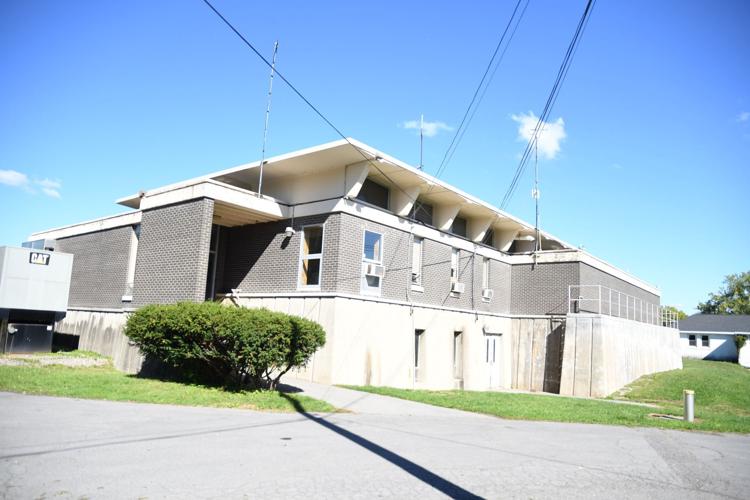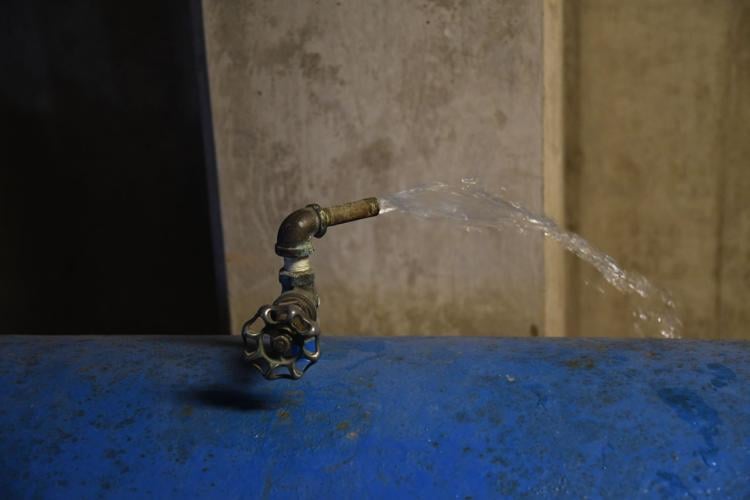The level of disinfection byproducts measured at one location within the city of Auburn's water distribution system exceeds a standard set by the U.S. Environmental Protection Agency.Â
At city sampling location at 33 York St., which is owned by Nucor Steel, the annual average of trihalomethanes in the water reached 81 parts per billion, above the EPA's 80 parts-per-billion ceiling.Â
When the city and Cayuga County Health Department learned that the disinfection byproducts cleared the 80 parts-per-billion threshold, a public notice was issued alerting businesses and residents of the violation. The two-page letter notifies the recipient that this is "not an emergency" and that the city's water operators will begin flushing hydrants with the goal of reducing the level of trihalomethanes in the system. Residents do not need to boil the water or take other actions, but individuals with compromised immune systems, infants, pregnant women and elderly people are encouraged to seek advice from health care providers about drinking the water.Â
People are also reading…
Seth Jensen, the city's director of municipal utilities, told the Auburn City Council on Thursday that "it's not a water quality crisis at the moment." But he acknowledged that action must be taken to address the problem.Â
Trihalomethanes form after chlorine, which the city uses to treat water distributed to residents, interacts with organic material, Jensen explained. The concern is that long-term exposure to the disinfection byproducts can cause serious health problems, including an increased risk of cancer and birth defects in newborn children.Â
What caused the average to spike was a sample taken at the York Street site in the third quarter — a time when the presence of disinfection byproducts in the water is usually higher than other periods of the year. The trihalomethanes measured at 107.7 parts per billion. In the second and fourth quarters, the levels were 75.2 parts per billion and 70 parts per billion.Â
Councilor Tim Locastro pressed John West, the city's chief water plant operator, if the water is safe to drink. West responded, "Yes." But West predicted that the average at the York Street location could remain above 80 parts per billion for the next few quarters.Â
"We're going to work like heck to try and get that down," he said.Â
In addition to the hydrant flushing, Jensen said they are exploring alternatives to using sodium hypochlorite as a disinfectant. At least two other municipalities, namely the village of Waterloo in Seneca County, have successfully changed their disinfection systems over the years. One issue is the cost of the chemicals. Jensen said that sodium hypochlorite tends to be easy to buy and it's inexpensive, but the price has tripled in the last year. He suspects the price of other chemicals rose, too.Â
The Cayuga County Board of Health is sharing their frustration with Gov. Kathy Hochul after more delays have prevented actions on proposed cha…
For Councilor Terry Cuddy, the situation is reminiscent of what happened in 2016 with the emergence of toxins from harmful algal blooms in the water system.Â
The higher levels of disinfection byproducts in the water is one of the main reasons why local officials are pushing the state to adopt new rules and regulations for the Owasco Lake Watershed. Cuddy noted that the problem of disinfection byproducts was mentioned nearly seven years ago.Â
Cuddy called the current situation a "red flag." While it does not rise to the level of water crisis, it could become one.Â
"I really believe New York state needs to get serious about protecting water bodies because it's just going to get worse and worse and worse," he said.
In its letter to residents, the city wrote that it hopes to have this problem resolved within 90 days. The hydrant flushing will occur before samples are collected in the first quarter of this year.
Politics reporter Robert Harding can be reached at (315) 282-2220 or robert.harding@lee.net. Follow him on Twitter @robertharding.





















